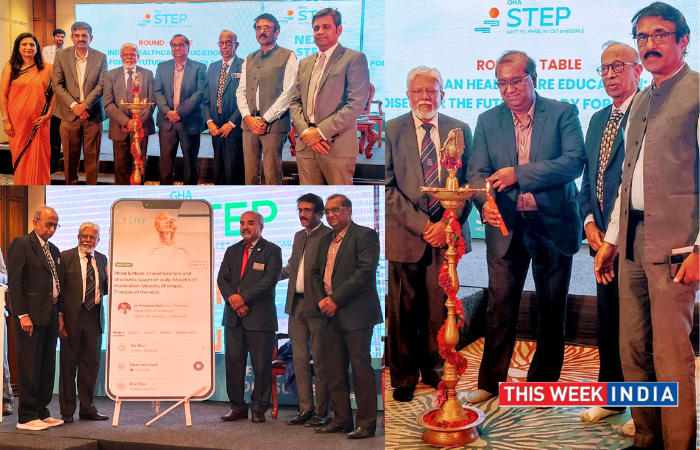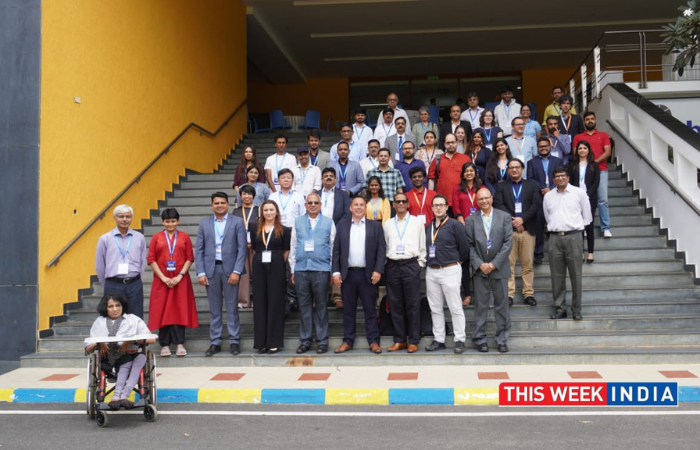Agriculture continues to be a dominating employment generating sector and contributes a significant proportion to the country’s GDP. Even in the unfortunate pandemic, the sector climbed new heights with record production of various food grains, exhibiting resilience and ensuring food security. Despite the success in terms of production that has ensured food security in the country, food inflation and volatility in prices continue to remain high causing inconvenience to consumers and uneven income for farmers. Besides pandemic wrecking substantial physical, social, economic and emotional havoc on all the stakeholders of the Indian agricultural system, locust infestation from East Africa to India, Natural calamities, and depleting natural resources only added to the sector’s woes. Even though the policymakers accelerated a raft of measures and announced reforms to give thrust to the sector, it has reached an inflection point that needs immediate attention. Thus, the forthcoming budget offers an opportunity to fix an array of ancillary problems and fast run the wheels of reforms to accelerate the growth engine of the Indian agriculture sector.
Alignment of Micro-irrigation coverage with ambitious Vision India@2047
While the Government is working on the blueprint for India@2047 to be ‘future ready’, it is important to accelerate India’s growth and adoption towards new-age agriculture practices with optimum utilization of resources. The average penetration of micro-irrigation in the irrigated area (drip & sprinkler) is estimated at 17% which is much lesser compared to countries like Israel (90%), Russia (78%), Spain (75%), the USA (55%) and Brazil (52%). We need to have an ambitious target and align the execution process to take micro-irrigation coverage to 60-70% in the next 25 years.
Identifying areas and crops to integrate the benefit of micro-irrigation with structured governance and execution strategy will help the country climb a newer height of fiscal growth. To do so, the government may create 5 years bucket of appropriate execution and monitoring roadmap for the next 25 years backed by adequate budgetary support consistently.
Process streamlining measures in irrigation subsidy
While the micro-irrigation coverage has benefitted millions of farmers, the scheme implementation leaves a lot to desire at the execution level. The delays in the disbursal of micro-irrigation subsidies under the PMKSY program are hampering its progress. Online portal for an end-to-end process execution and visibility, transparency in the process for fund disbursement, ensuring checkpoints at various stages and adherence to timelines would bring the efficiency in subsidy disbursal and support farmers to be debt-free much conveniently.
Providing infrastructure status to the Micro-irrigation industry
Infrastructure status would help the micro-irrigation manufacturer (95% of which comes under MSME) in reduced operating costs, thereby accelerating the industry growth as well as bring the equipment cost down for the farmer community.
Aligning different schemes together for exponential benefit – Solar and Micro-irrigation, Agriculture alongside Solar installations, and others
Focus on renewable energy like solar would ensure energy security in the agriculture sector as well as in the rural landscape and address environmental concerns. Making farmers energy-sufficient would also reduce the burden on government energy subsidy bills. Solar installation-friendly agriculture would help farmers with reduced operational costs, boost land utilization and improve overall income
Diversification programs to increase crop productivity
12 percent of the cropped area under Fruits & Vegetables (F&V) leads to 24 percent in value terms, in contrast to 13 percent area under oilseeds which gives only 6 percent in value terms because of lack of scalability. Policymakers may consider promoting domestic oilseeds and oil palm cultivation with higher productivity measures to address the demand cycle. Similarly, disrupting rice cultivation that covers more area and water utilization through drip technology would improve yield, save water and reduce carbon emissions. Drip irrigation adoption also have the potential to facilitates crop diversification thus, making a direct impact on farmer incomes.
Policy & Budget outlay for Integrated Climate Smart Agriculture practices
Climate change has led to reduced crop yields and farm productivity. Besides, the increased occurrence of invasive pests, weather variability, poor agriculture practices has also added to the deteriorating situation of climate change. The agriculture sector is one of the main contributors to the climate problem. It currently generates 19–29% of total greenhouse gas (GHG) emissions. A shift towards Climate-Smart agriculture practices through proper policy and financial outlay can go a long way in achieving sustainable growth.
Focus on creating infrastructures to support innovation and digitalization in Agriculture
Special focus and fund allocation in the upcoming budget for infrastructure in rural areas would support the digitalization of agriculture and put the sector on the fast track. Currently, India is spending less than 1% of Agri GDP in R&D. An Agri innovation fund, which supports ag-tech solutions, start-ups, and digitalization at different levels of the Agri value chain can transform the agriculture economy in the future.
Interest subsidy on agriculture for long term loans
Access to credit remains one of the critical elements in a sustainable and more importantly a growing ecosystem. Interest subsidy on agriculture for long-term loans to help farmers with continual investment in farm mechanization and building state-of-the-art infrastructure would go a long way to develop a sustainable model in agriculture. Credit Guarantee Fund Scheme for adopting micro-irrigation similar to CGTMSE for MSMEs will be helpful where initial support can be provided by the government.
Special budgetary assistance for Micro Irrigation to State Government to overcome COVID impact
The financial strain caused by the COVID-19 pandemic has left many states across the country to slash the budget for micro-irrigation. The policymakers should consider supporting the states through an additional corpus of funds either by direct special assistance program or increasing the existing Micro Irrigation Fund (MIF) set up under NABARD to facilitate the states in mobilizing resources for expanding coverage of micro-irrigation.
By : Randhir Chauhan – Managing Director, Netafim India and SVP, Netafim Ltd









